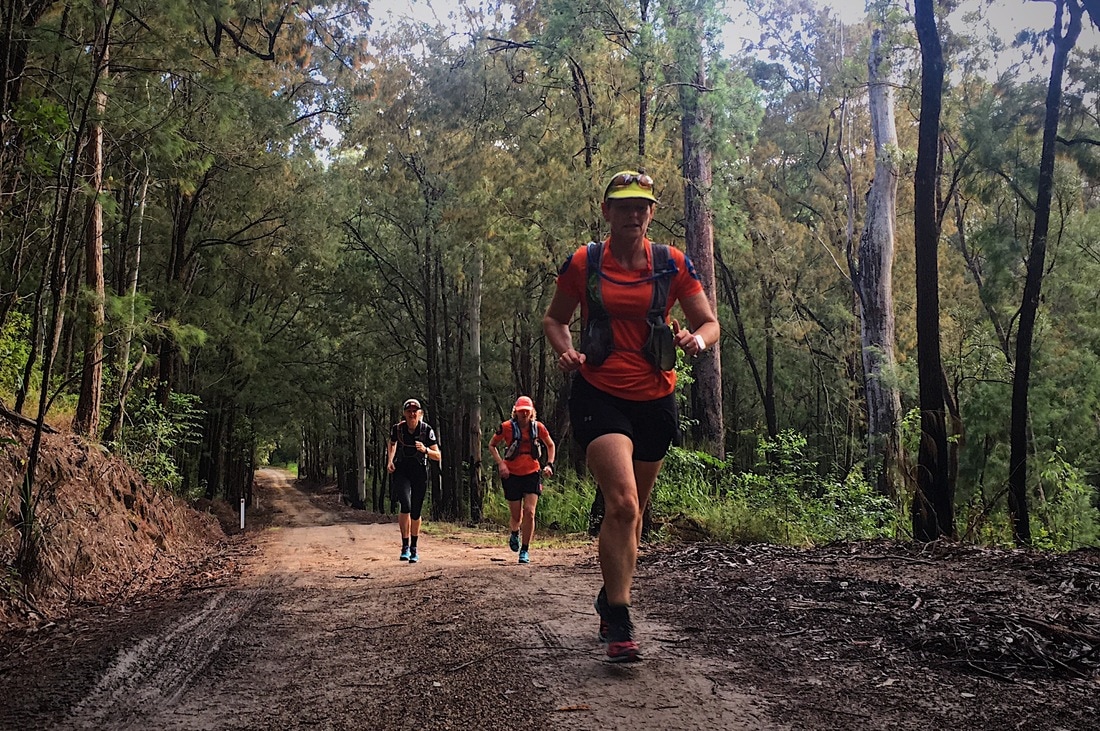2. Start with a proud, yet relaxed upright starting position. Move from your lower body whilst keeping everything from hips to head tacked on top of each other.
3. An efficient stride should happen underneath your centre of gravity. Your stride will become longer as a result of your speed. Not the other way around. Focus on landing under yourself with a relaxed foot and ankle.
4. You should aim for a high and constant stride frequency (cadence). Count the number of steps you take on one leg in a minute. The goal over time should be to aim for 85-95 strides per leg per minute. This should be constant on the flat, up and down hills and on uneven terrain. It is important to note that this should not happen at the expense of lifting your heels off the ground.
5. Focus on maintaining a proud running position with head up, shoulders back, and arms moving straight forward and back. This is particularly relevant towards the end of a run when people tend to revert to a hunched position.
6. When going uphill, keep running for as long as you can maintain posture and cadence. When you can't, it is ok to walk. I suggest that you walk in the same upright position with a short stride and a high cadence, this will allow you to seamlessly begin running again once you have caught your breath.
7. Maintain your cadence and slalom your way down the hills in order to maintain control. Having control will allow you to let go of the handbrake, as well as reduce the loading on your muscles.
8. When running on trails, always look for the Line of Least Resistance (LOLR). Keep your head high and look for the obstacles coming up. Always be thinking ‘do I have to go up the stairs or is there an easier option beside them on a smoother track’, ‘do I go over the fallen tree where everyone else has or go around it staying low to the ground’? You're not a sheep, so you don't always have to follow the flock.
9. Eroded parts of a trail will offer the most grip. Erosion happens with gravity, so when in doubt 'stay low'.
10. Use your hands as an extension of your legs. Grab on to trees or obstacles to give support. You’ll have better control meaning you can go faster.
11. When all else fails, smile, and admire the smell, taste, feel and view.
If you found this article useful, i'd love to have you along to one of the upcoming Workshops or Masterclass sessions coming up. Add your details to receive more training articles just like these.




